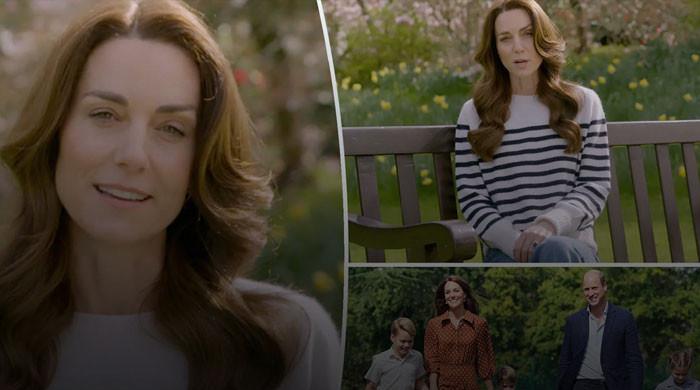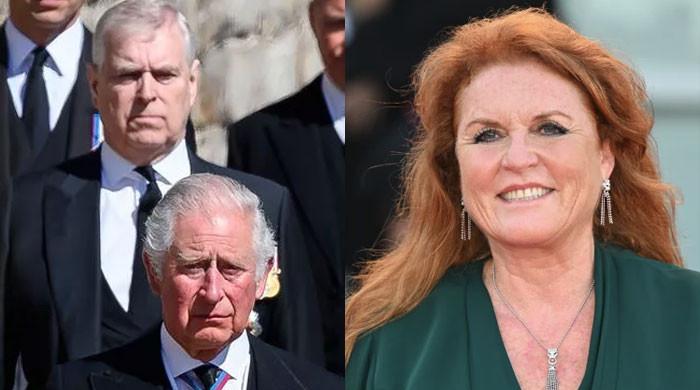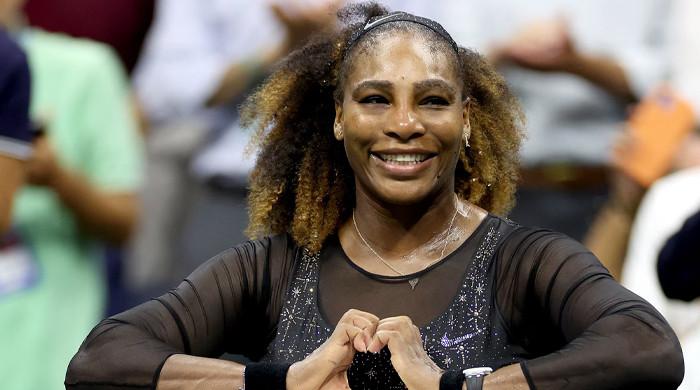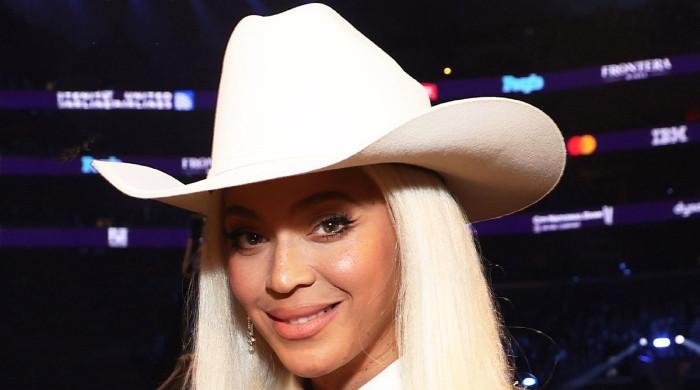Issa Rae, of the “insecure” fame, is an executive producer of (and an important figure in) a new two -part documentary, “Seen & Heard: The History of Black Television”, which will be released on Tuesday in HBO and the transmission in HBO Max. Presented as a Giselle Bailey film, with a loan led by shared credit with Phil Bertelsen, it is not an integral accounting: any spectator who has seen a lot of television in the middle decades could have an opinion about what is missing. But what is here is always interesting, produced elegantly, sometimes exciting, often moving. Young spectators, whose historical and cultural interests cannot spread beyond their own births, can have their eyes open, but even we, who remember a time before “Julia” can learn one or two things.
The first episode, “Seen”, begins with Tracee Ellis Ross and Anthony Anderson in the green room waiting for “Jimmy Kimmel Live!” To celebrate the end of “Black -ish”, after eight seasons, a black creation series of blacks in an important transmission network, before returning to writing “Amos & Andy”, written blank, and a march arrested towards a better future. Although the impulse of the combined episodes is more than hopeful, the second episode, “Heard”, is a story of successes, it is also fighting. And at a time when powerful forces want to erase the struggle of history, it is good to remember or learn that there was a time in the memory of the people who will know here, when blacks barely existed on television, front or behind the camera.
“Heard” is essentially a series of profiles in which the main actors in the industry tell their stories. The director of “American Fiction”, Cord Jefferson, who left journalism to write for television (“The Nightly Show with Larry Wilmore”, “The Good Place”, an Emmy for “Watchmen”), discusss generational trauma and talks to his father in Zoom about his anger problems (both seem to be fine); The directors Deondray and Quincy LEGAR GOSSFIELD (working on “The Chi” by Lena Waithe), visit Quincy's family in the Chicago suburbs and talk about leaving after maintaining their relationship secret for years. Tyler Perry is excited with Oprah, remembering the old days, and shows the filmmakers around their Atlanta study complex, with sound necklines named black stars, including Oprah (stage No. 1, naturally), Denzel Washington, Cicely Tyson, Whoopi Goldberg, Ruby Dee and Ossie Davis. Oprah himself tells his trip from rural poverty to the television news reporter “is not good” for the program presenter. (He did not plan to become a media tycoon, but it's Oprah, after all).
HBO “seen and listened to: the history of black television”
(HBO)
Also Appearing Here Are Debbie Allen, Shonda Rhimes, Wilmore, Waithe, Mara Brock Akil (Creator of “Girlfriends” and “The Game”), Ava Duvernay, Justin Simien (“Dear White People”), Trans Actor Dominique Jackson (“Pose”), Mogul Byron Allen, And Syreeta Singleton, promoted from a Writer's Assistant on the first season of “insecure” to showrunning the Next Rae Project, “Rap S—”. Stan Lathan went from directing the black -oriented news programs for public television to “Sanford and Son”, after the program star, Redd Foxx, insisted that they hire black directors and writers. (“Sanford was as honest as I could do it under the circumstances,” Foxx tells Barbara Walters in a clip). The late Norman Lear, who produced “the Jeffers” and “Good Times” along with “Sanford”, sounds a bit condescending, or perhaps only defensive, on the subject of not using black writers in their black shows.
All these artists have their own styles and concerns, but they join in the basic problems of diversity, visibility and control. (They are not new problems, and they are still problems). “It is necessary to see blacks in a variety of roles to underline the importance of a diverse and inclusive society,” says USC Professor Todd Boyd.
Diahann Carroll, the first black female protagonist of television in “Julia”, in the late 1960s: “We are Americans, we have been here all the time. We are part of all areas of life. We should be part of the industry.”
Simien: “The more specifically black characters can live in paradoxes, the more we are.”
Esther Rolle, who left “good times” for a season about the emphasis on the character of Jimmy Walker, JJ “Dynomite” Evans, also expelled John Amos of the program, is seen in a contemporary interview that says: “Until there is more participation behind the scene that we cannot control what is before the camera.”
It is a story about influence, tutoring and mentoring, and the torches that pass. Debbie Allen remembers Akil as an intern (“I used to park my car”). Waithe, seen addressing a class of writers aspiring, appointed its production company for Hillman, the University at the Spin -off “Cosby”, “a different world.” (“They were not afraid of being complicated.”) Rae had to do with “Living Single”: “I consider [Kim Coles] One of the original uncomfortable black girls. “

The documentary reflects on mentors and apprentices, such as Debbie Allen, who remembers when Mara Brock Akil, now a writer and television producer, was a intern.
(HBO)
Bailey manages the inevitable issue of Bill Cosby with a little poise, covering his fall in disgrace after accusations of sexual assault in a couple of voice holders without discount the importance of the “Cosby show” (RAE: “Sometimes, my mother thought that Claire Huxtable to learn to the parents”) or the salt effect that he had on the strength of the NB hunt. (He moves to see the deceased Malcolm Jamal-Warner, who still calls his former boss “Mr. Cosby”, wearing so alive here).
The series is discursive and selective, as it should be, given the size of the subject; These are less particular programs, most of which are played only lightly, than on cultural waves and party cycles and black television famine. Donald Glover appears briefly in a scene of the RAE Web series, “The Miss-Adventures of Awkward Black Girl”, which led to “Insegure”, but his own “Atlanta” is not mentioned, one of the best television series of the century. Tamera Mowry-Housley, co-star of “Sister Sister”, reminds Tim Reid, who played his father in the program, telling him how the new networks would use black programs to build a audience and then leave them in favor of white shows; But you would not know, unless you already knew, that Reid Copodujo and starred in one of the Great Lost Television series, the “Frank's Place” of New Orleans in CBS, or co-co-co-created the Showtime “Linc's” series, set in a Washington bar, DC, DC.
However, it speaks in a way to the richness of the subject that some of the most interesting series, which cannot say more successful, the black series of the modern era have been out of the mainstream or resist the easy categorization: “The Staples of Vince show”, “Jesús Negro”, “Boondocks”, “I am a Virgo”, none of which are adjusted in this narration. However, I was happy to see Terence Nance, whose great series of surreal HBO “random acts of steering wheel” can be described only in detail. “It is a colonial dynamic and the largest corporations provide the money that creates a control system,” he says about the television business. “What is valuable to me are spiritual values, cultural values, essentially [a] Non -negotiable value system inherited from ethereal kingdoms. That will never be valuable for corporations. “
Wilmore is more optimistic. “We are really at the best time to create something specific for your point of view, that's different,” he says. “Because there are so many different types of people who open different doors.”
In the end, everything is due to quality. “My goal is to be a very good television writer,” Waithe tells her class. “That was the mission. Being good in that. Nothing else mattered.”












